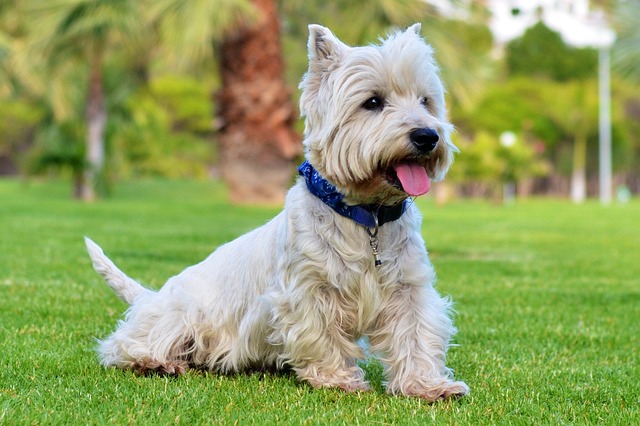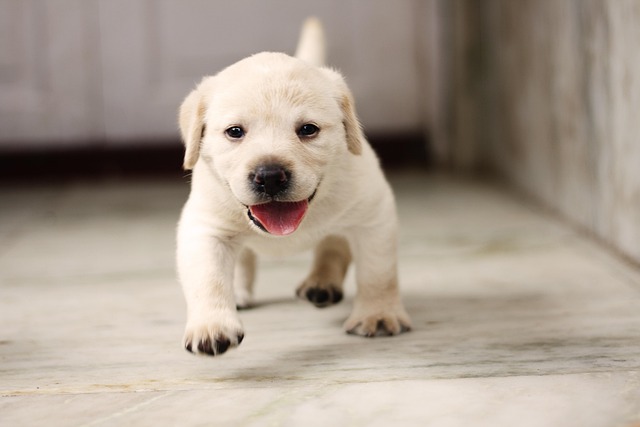
How to correct a dog biting someone when it is excited?
A playful nip from an overexcited pup might seem harmless, but in many places across Europe and North America, even minor bites can trigger legal concerns.
You're sipping coffee when suddenly—scratch scratch whine—your dog paws frantically at the back door just minutes after being let out. Many new owners face this, but forcing extended outdoor time risks creating anxiety or escape artists. The solution? Gradual desensitization paired with irresistible rewards, not confinement. Ethology shows dogs are den animals who view your home as their core territory—being exiled triggers separation distress. Start by redefining "outside" as a rewarding extension of their domain, not isolation.
Begin with micro-sessions during pleasant weather. Place a high-value chew (frozen kong stuffed with peanut butter) in their secured yard, stay visible through a window, and recall them after 5 minutes before they ask to come in. Gradually increase duration by 2-minute increments over weeks, varying rewards: scatter kibble for sniffing one day, hide puzzle toys the next. For anxious dogs, set up a "base camp" with your scent—an old sweatshirt on a covered cot. Never punish scratching or barking; instead, wait for 3 seconds of quiet before opening the door, reinforcing calm behavior.
Legally and ethically, containment is paramount. Permanent tethering violates anti-cruelty laws in places like Massachusetts and Germany. Ensure your yard has chew-proof fencing (minimum 6ft for jumpers), shade, and fresh water—dehydration risks spike in Arizona summers. Check local ordinances: Some counties limit unsupervised outdoor hours or require audible bark deterrents if neighbors complain. Always display rabies tags (mandatory nationwide) and microchip your dog—animal control fines for "escaped nuisance dogs" can exceed $200 in cities like Seattle.

Cultural sensitivity matters deeply. Never use shock mats or spray collars to enforce outdoor time—these violate force-free principles and worsen anxiety. Instead, leverage positive association: Install a doggy door with microchip-activated flap (ideal for suburban homes) so they choose to enter/exit. Apartment dwellers? Create a secured balcony zone with artificial turf and a weatherproof bed—but only after training reliable potty habits indoors first to avoid "accidents" dripping onto neighbors below.
Climate dictates adaptations: In humid Georgia, add cooling mats and frozen towels; during Minnesota winters, use insulated shelters with straw bedding (never blankets—they retain moisture). Monitor via Wi-Fi cameras to spot distress signals like circling or excessive panting. Remember: True success means your dog chooses to nap peacefully in their outdoor sanctuary while you work—achieved through patience, not force. Pair this training with midday walks for apartment dogs to meet potty needs legally (always carry biodegradable bags—fines start at $150 in NYC parks). Within 6-8 weeks of consistent positive reinforcement, those frantic scratches will fade into contented outdoor relaxation.

A playful nip from an overexcited pup might seem harmless, but in many places across Europe and North America, even minor bites can trigger legal concerns.

Imagine grabbing your keys to head out – your pup’s tail droops, eyes widen, and before the door clicks shut, the barking starts. For new dog owners, this daily scene isn’t just noisy; it’s a sign your furry friend might be struggling with being alone.

Puppies, especially 3-month-old Teddy dogs, have tiny bladders and limited control, making accidents almost inevitable. But with consistency, you can guide them to a specific spot quickly.

Crate training for bathroom habits starts with picking the right size. The cage should be just big enough for your dog to stand, turn around, and lie down comfortably—no extra space to lounge and eliminate in separate corners.

You're sipping coffee when suddenly—scratch scratch whine—your dog paws frantically at the back door just minutes after being let out.

That heart-sinking moment when your dog ignores your calls, laser-focused on a squirrel across the street or a dropped hot dog at the park? You’re not alone.